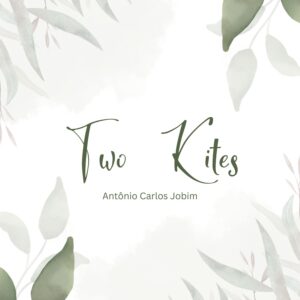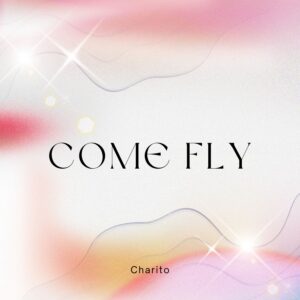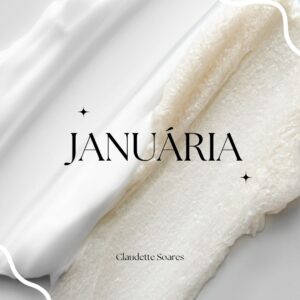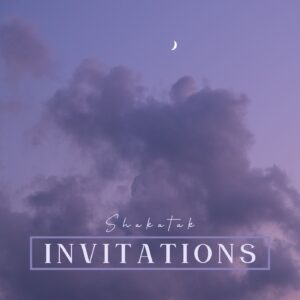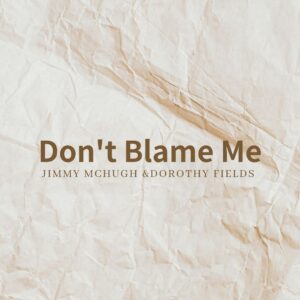「春の海」(はるのうみ)は、日本の箏曲家であり作曲家である宮城道雄(みやぎ みちお)が1929年に作曲した新日本音楽(Shin Nihon Ongaku)の代表的な楽曲です。箏(こと)と尺八(しゃくはち)の二重奏曲として知られ、日本では正月のイメージを強く印象付ける曲として定着しています。
宮城道雄は、1894年に神戸で生まれ、幼少期に眼病を患い、8歳で失明しました。箏の名手である中島検校II世に師事し、14歳で検校(最高位)に昇進するほどの才能を発揮。1917年に東京に移り、1920年代から新日本音楽の旗手として活躍しました。彼は西洋音楽にも親しみ、ドビュッシーやラヴェル、ストラヴィンスキーなどのフランス近代音楽に影響を受け、伝統的な邦楽に西洋音楽の要素を取り入れる革新的なアプローチで知られています。「春の海」は、1930年の歌会始の勅題「海辺の巖」にちなんで1929年末に作曲されました。宮城は、1917年に上京する際に航路で旅した瀬戸内海の情景をモチーフにしています。随筆「『春の海』のことなど」によると、波の音、鳥の声、漁師の舟唄など、瀬戸内海の穏やかな春の風景を音で描いたとされています。
「春の海」は、宮城道雄が1929年に作曲した新日本音楽の傑作で、箏と尺八の二重奏を通じて春の瀬戸内海の情景を描いた楽曲です。西洋音楽の影響を取り入れた革新的なスタイルが特徴で、ルネ・シュメーとの共演を通じて国際的な評価を得ました。
“Spring Sea” is a representative piece of Shin Nihon Ongaku (New Japanese Music) composed by Japanese koto player and composer Michio Miyagi in 1929. Known as a duet for the koto and shakuhachi, it has become established in Japan as a song that strongly evokes the image of New Year.
Miyagi Michio was born in Kobe in 1894. He suffered from eye disease in his childhood and became blind at the age of eight. He studied under Nakajima Kengyo II, a master of the koto, and showed such talent that he was promoted to Kengyo (the highest rank) at the age of 14. He moved to Tokyo in 1917 and became a pioneer of new Japanese music in the 1920s. He was also familiar with Western music and was influenced by modern French music such as Debussy, Ravel, and Stravinsky, and is known for his innovative approach of incorporating elements of Western music into traditional Japanese music. “Spring Sea” was composed at the end of 1929, inspired by the imperial theme “Seaside Rocks” for the 1930 New Year’s Poetry Contest. Miyagi used the scenery of the Seto Inland Sea, which he traveled by sea when he went to Tokyo in 1917, as his motif. According to his essay “About the ‘Spring Sea’ and Other Things,” the song depicts the calm spring scenery of the Seto Inland Sea through sounds such as the sound of waves, the voices of birds, and the fishermen’s boat songs.
“Spring Sea” is a masterpiece of new Japanese music composed by Michio Miyagi in 1929. It depicts the scenery of the Seto Inland Sea in spring through a duet of koto and shakuhachi. Characterized by an innovative style that incorporates influences from Western music, it gained international acclaim through its collaboration with René Chemet.

